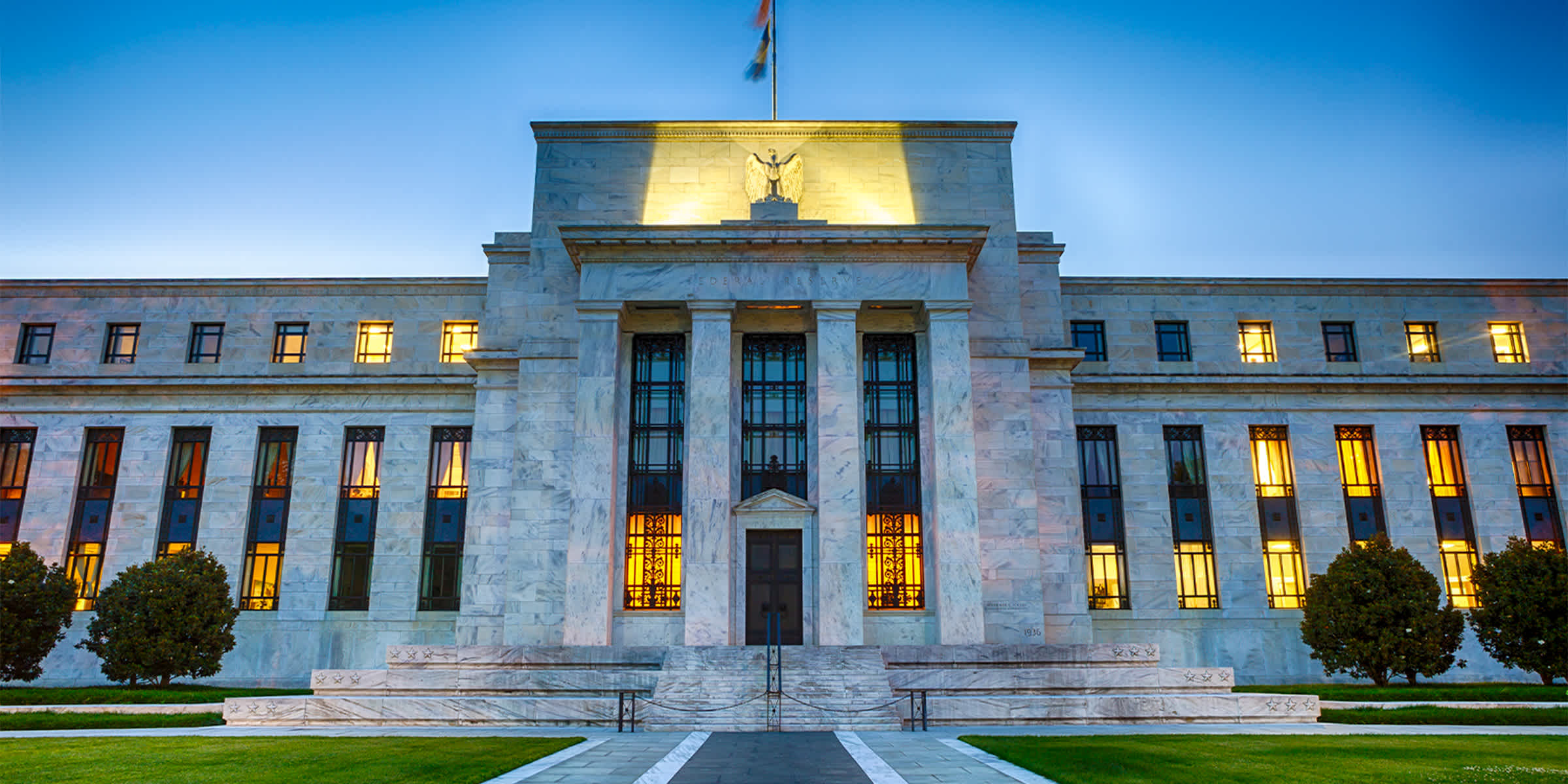
August 27, 2021
US Federal Reserve Assets: Striking the Right Balance
US Federal Reserve Assets: Striking the Right Balance
Every week, Flexport Chief Economist Phil Levy offers a quick analysis of relevant public data for the global trade community.
See what the latest indices reveal and keep up with the facts and figures that could impact your business.
Here’s the chart for the week of August 23, 2021.
This week, it's the US Federal Reserve Assets.

Source: Federal Reserve Board and St. Louis Fed (FRED).
One of the top economic stories of the week involved the news that the Federal Reserve saw “taper time” as rapidly approaching. The idea emerged from the July Fed meeting minutes that were just released, as well as from the public comments from leading Fed officials.
For those who think of central banks as setting monetary policy by moving interest rates, this may take a little explaining. Back in 2007, at the start of the graph, the Fed Funds rate was 5.25%. The Federal Reserve generally raised the rate when the economy was overheating and inflation was threatening. It would lower the rate when the economy looked to be in trouble, as it did with the onset of the global financial crisis. In fact, by September 2008, it had already lowered the Fed Funds rate to 1.81%. By December, the rate was near zero.
The Fed then faced two problems. First, this “zero lower bound” meant that it was very difficult to lower interest rates further. Second, the Fed Funds rate directly affected very short-term borrowing; it might not move the longer-term rates that mattered for car or home purchases.
So the Fed began buying assets directly, a process known as quantitative easing. This pumps money into the economy. The chart shows how this policy has played out over the last dozen years, as the newly purchased assets accumulate on the Fed’s balance sheet.
Accumulation of assets stopped in late 2014 with assets at $4.5t, up from $870b pre-crisis. From late 2015 to February 2020, the Fed Funds rate rose from near zero to a peak of 2.4% in mid-2019.
The onset of the Covid pandemic took the Fed Funds rate back to the zero lower bound and saw massive asset buying. That continues at a rate of $120b per month ($80b in Treasury securities and $40b in mortgage securities). The balance this week hit $8.3t.
The Fed has indicated that it would plan to phase out (“taper”) these asset purchases before it raises the Fed Funds rate. The question is when that taper will begin and how quickly the purchases will wind down.
The challenge for the Fed is that such a “tightening” of monetary policy does not take effect immediately. Received wisdom is that monetary policy works with “long and variable lags” (think months or years). Move too quickly and the tightening could kill off a recovery. Move too slowly and inflation can take hold. There is also a concern that asset purchases distort price signals.
The Fed is currently grappling with how to strike the right balance.





